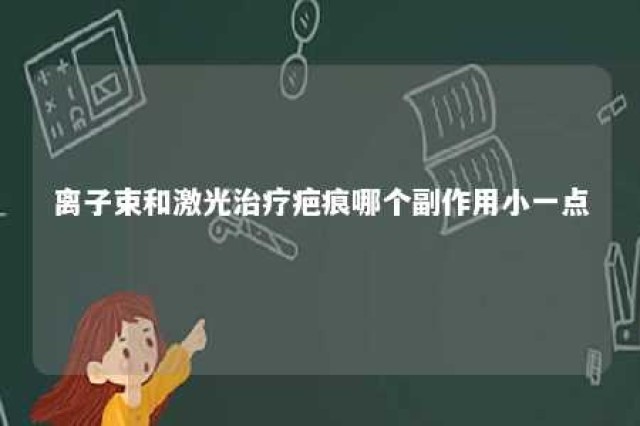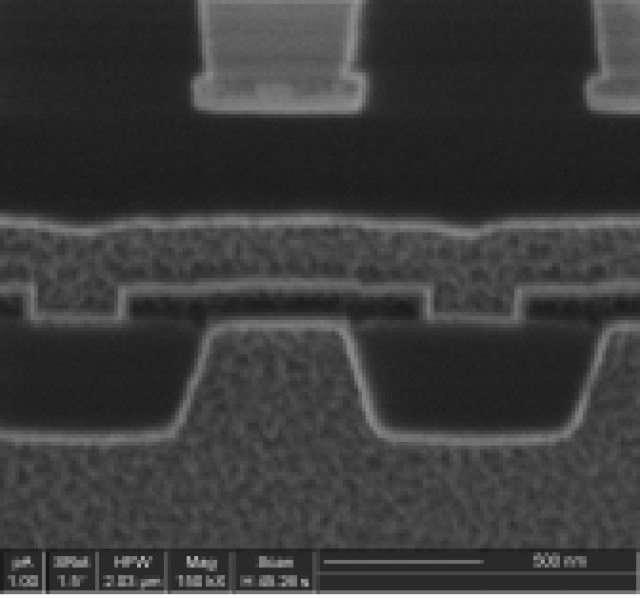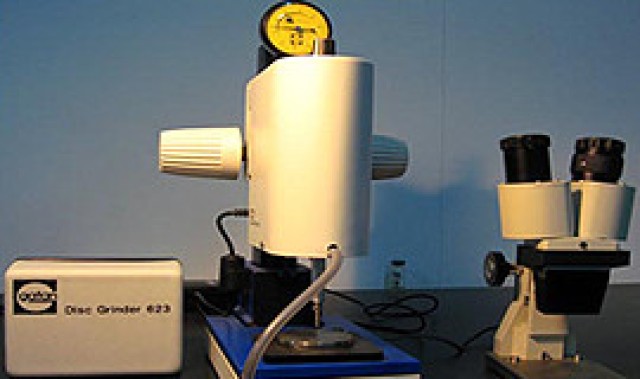
芯片fetch latency tolerance
- fib微纳加工
- 2024-03-24 21:04:21
- 661
芯片 fetcher latency tolerance: The Key to Future-Proofing Your Systems
In today's fast-paced world, the demand for technology that can handle high-pressure applications is more important than ever. The ability of a system to process and respond to events in real-time is critical in many industries, from healthcare to finance. One of the key components in ensuring that your system can meet these demands is the ability to handle low latency fetching.

What is latency, and why does it matter?
Latency refers to the delay between when a request is made and when the response is received. In the context of chip fetching, latency refers to the time it takes to fetch data from memory or other sources. Fetching data can be a slow process, and the longer it takes, the more delay there will be in the system.
In today's systems, low latency fetching is becoming an essential requirement. This is because high latency can lead to missed deadlines, lost profits, and decreased efficiency. As the world becomes more interconnected, the ability to process events in real-time is becoming increasingly important. In order to meet these demands, systems must be able to handle low latency fetching with minimal delay.
The Benefits of Low Latency Fetching
Low latency fetching has numerous benefits across various industries. In the healthcare industry, low latency fetching can help doctors and researchers perform their tasks more efficiently. In finance, low latency fetching can help traders make more informed decisions in real-time. In both industries, low latency fetching can help increase productivity and efficiency.
In addition to these benefits, low latency fetching can also help reduce the amount of data that needs to be processed. This can lead to significant performance gains, as well as cost savings. By reducing the amount of data that needs to be processed, systems can become more scalable and efficient.
Challenges in Low Latency Fetching
Despite its benefits, low latency fetching is not without its challenges. One of the main challenges is achieving low latency while still maintaining high performance. This requires a combination of advanced technology, such as high-speed memory and low-latency protocols, as well as effective system design.
Another challenge is managing the amount of data that needs to be processed in real-time. This can be achieved by using techniques such as caching and data compression, which reduce the amount of data that needs to be processed.
Conclusion
In conclusion, low latency fetching is essential for meeting the demands of today's high-pressure applications. By reducing the delay between when a request is made and when the response is received, systems can become more efficient and scalable. However, in order to achieve low latency, it is important to combine advanced technology with effective system design and effective management of the data that needs to be processed. By addressing these challenges, systems can become future-proof and meet the demands of an ever-changing world.
专业提供fib微纳加工、二开、维修、全国可上门提供测试服务,成功率高!
芯片fetch latency tolerance 由纳瑞科技fib微纳加工栏目发布,感谢您对纳瑞科技的认可,以及对我们原创作品以及文章的青睐,非常欢迎各位朋友分享到个人网站或者朋友圈,但转载请说明文章出处“芯片fetch latency tolerance ”

上一篇
brdf测量实验偏振片
下一篇
安东帕纳米压痕仪代理








